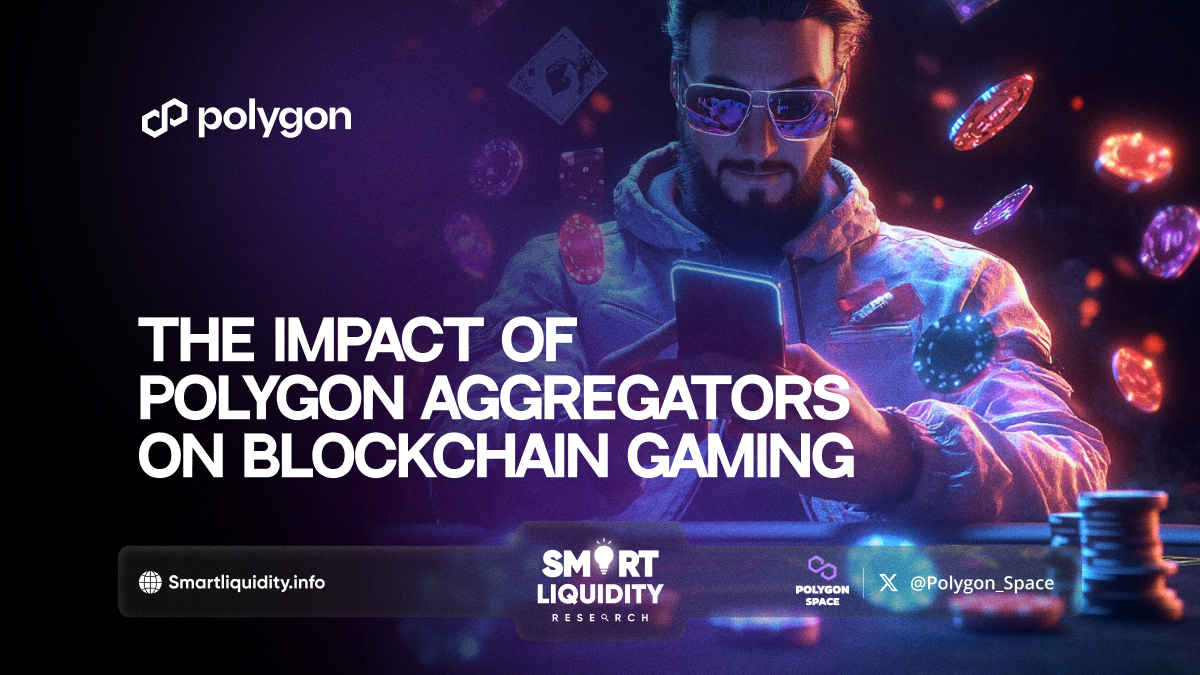The Impact of Polygon Aggregators on Blockchain Gaming


Blockchain gaming has experienced a surge in popularity, but scalability and transaction costs often hinder its growth. Polygon, a Layer 2 solution for Ethereum, has emerged as a game-changer, and aggregators built on its network are playing a pivotal role in shaping the future of blockchain gaming.
Polygon’s ability to offer low-cost, high-speed transactions addresses one of the primary concerns of blockchain games, which often suffer from expensive gas fees on the Ethereum mainnet. With Polygon aggregators, gamers can experience seamless, lag-free interactions while avoiding high transaction costs. This improvement, in turn, increases the appeal of blockchain gaming to a broader audience.
Furthermore, Polygon aggregators enable developers to integrate multiple blockchain networks into their games. By consolidating transactions and assets from various chains, they offer enhanced interoperability. This cross-chain functionality helps unify the gaming ecosystem, allowing players to use assets across different platforms. Consequently, gamers can trade or transfer in-game items more easily, enriching the user experience.
Moreover, the scalability offered by Polygon aggregators is essential for developers to create expansive, multiplayer blockchain games. Instead of relying solely on Ethereum’s mainnet, games can scale without performance bottlenecks, supporting thousands of simultaneous players. This scalability fosters more dynamic and complex game worlds, offering deeper and more engaging experiences for users.
In addition, the lower costs and faster transactions help attract a wider pool of developers. With Polygon’s efficient infrastructure, they can experiment with new game mechanics and economic models, driving innovation in the sector. As a result, the gaming industry can expect continuous evolution, with new genres and gameplay possibilities emerging.
Ultimately, Polygon aggregators are significantly transforming blockchain gaming by enhancing scalability, reducing costs, and fostering greater interoperability. This evolution promises a brighter future for both developers and gamers alike.




